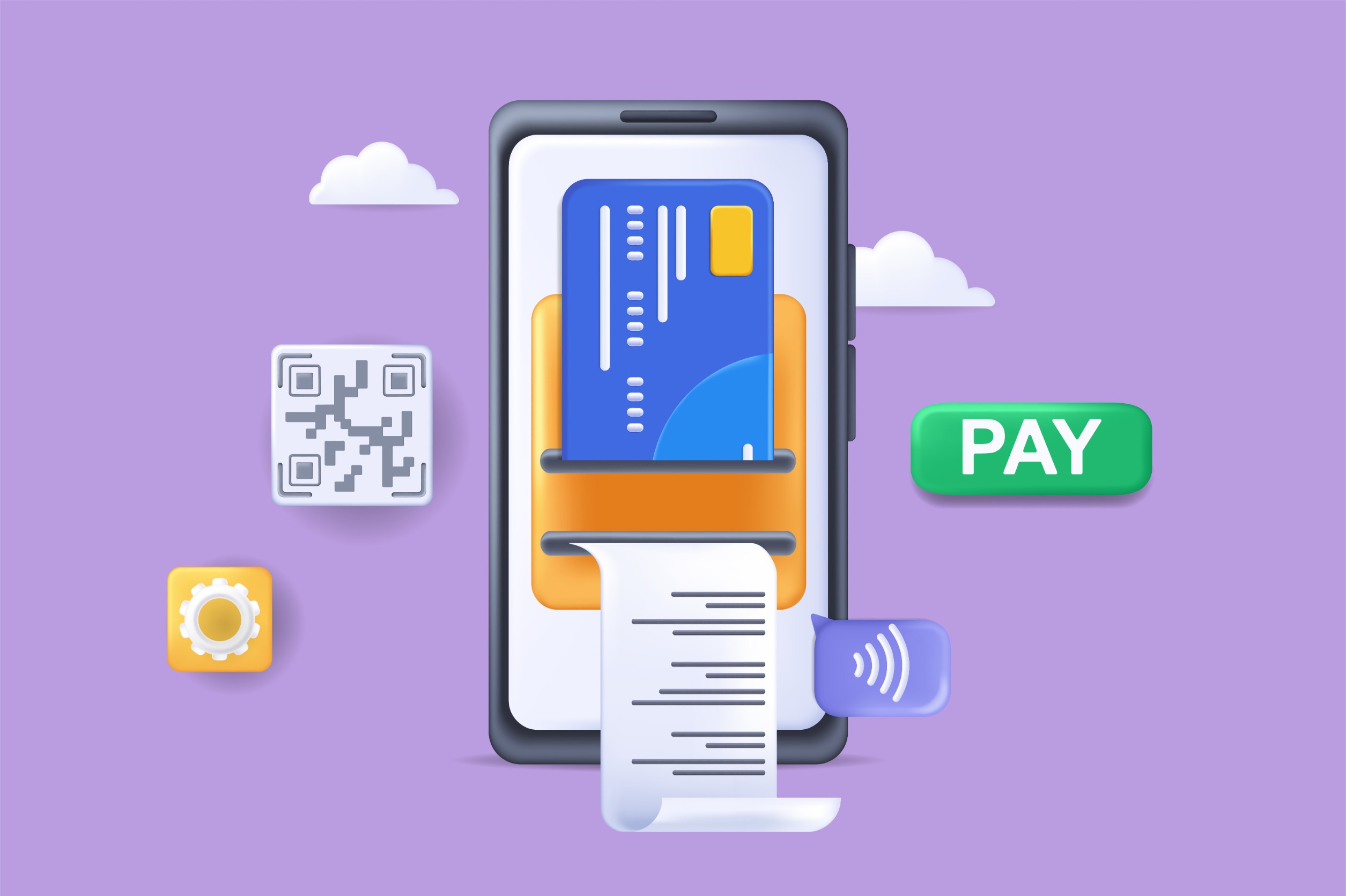This wrap-up of ACH versus paper checks will help you finalize the right payment method for your needs based on security, payroll needs, types of transactions, and more.
read more
ACH vs Paper: Which Is Better?
Discover if automated clearing house payments or paper checks work for your priorities and the nature of your business.
Understanding ACH Fees
It’s time to demystify the cost of electronic transactions. Stay informed on the fees that come with automated payments to remain knowledgeable about your financial decisions.
ACH Versus Paper Check Costs
With multiple payment options at your disposal, it’s crucial to stay informed on what choice is the best for your business. We have answers.
Beginners Guide to AR
If the ultimate guide is too broad, utilize our beginners overview of AR to familiarize yourself with its significance to your business.
The Ultimate Guide To Automating AR
Manage billing, subscriptions, payment tracking and more by simplifying your AR processes through automation.






